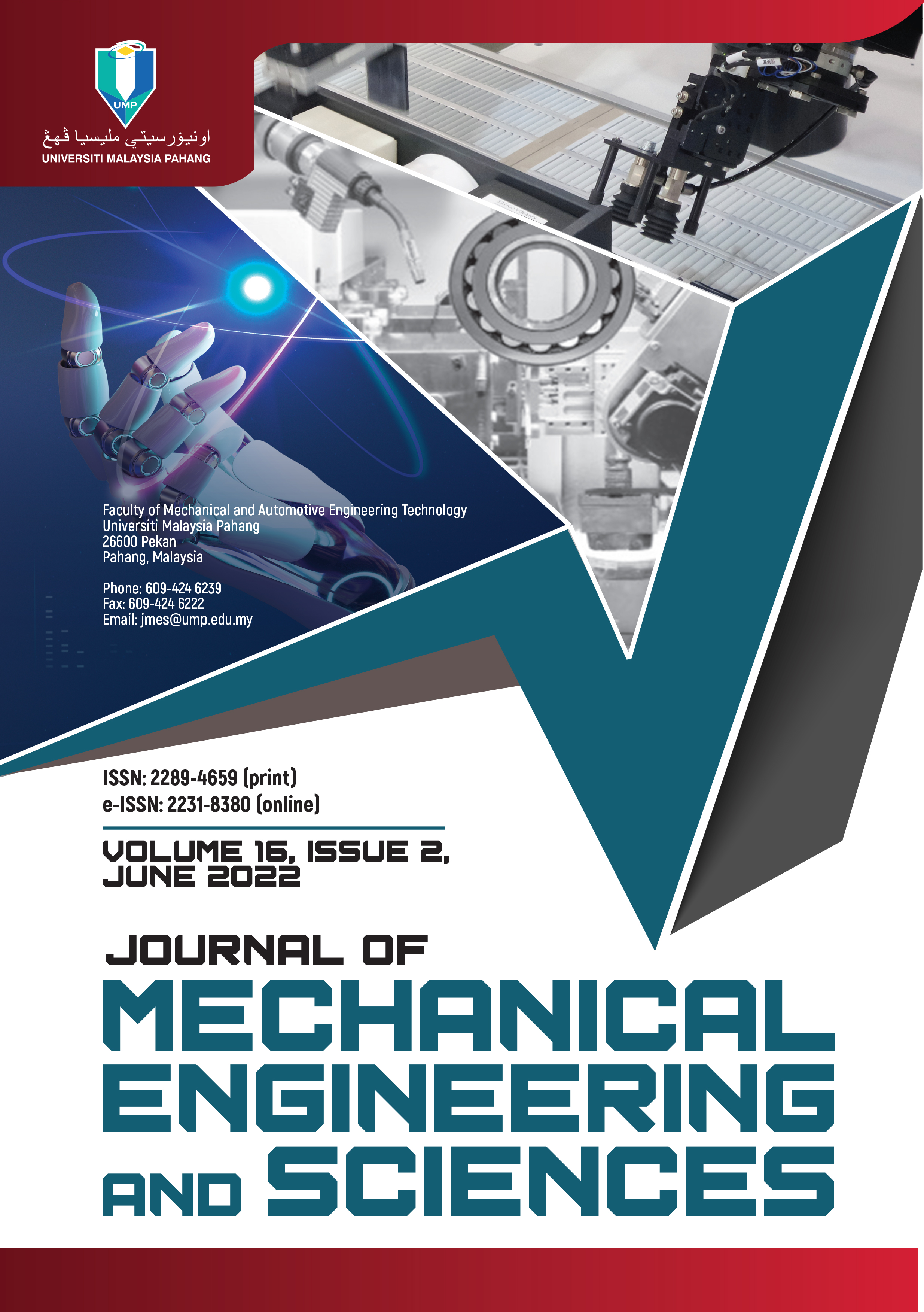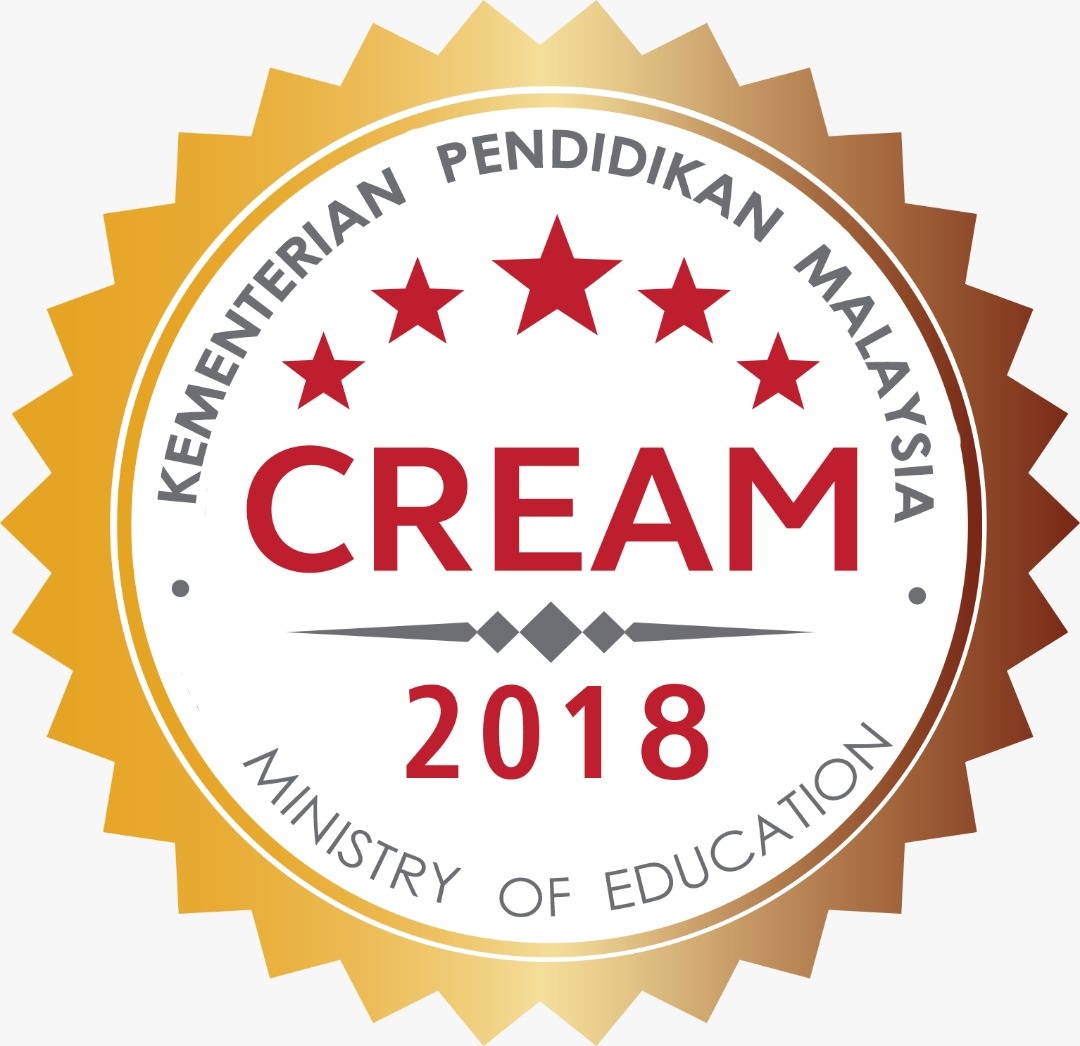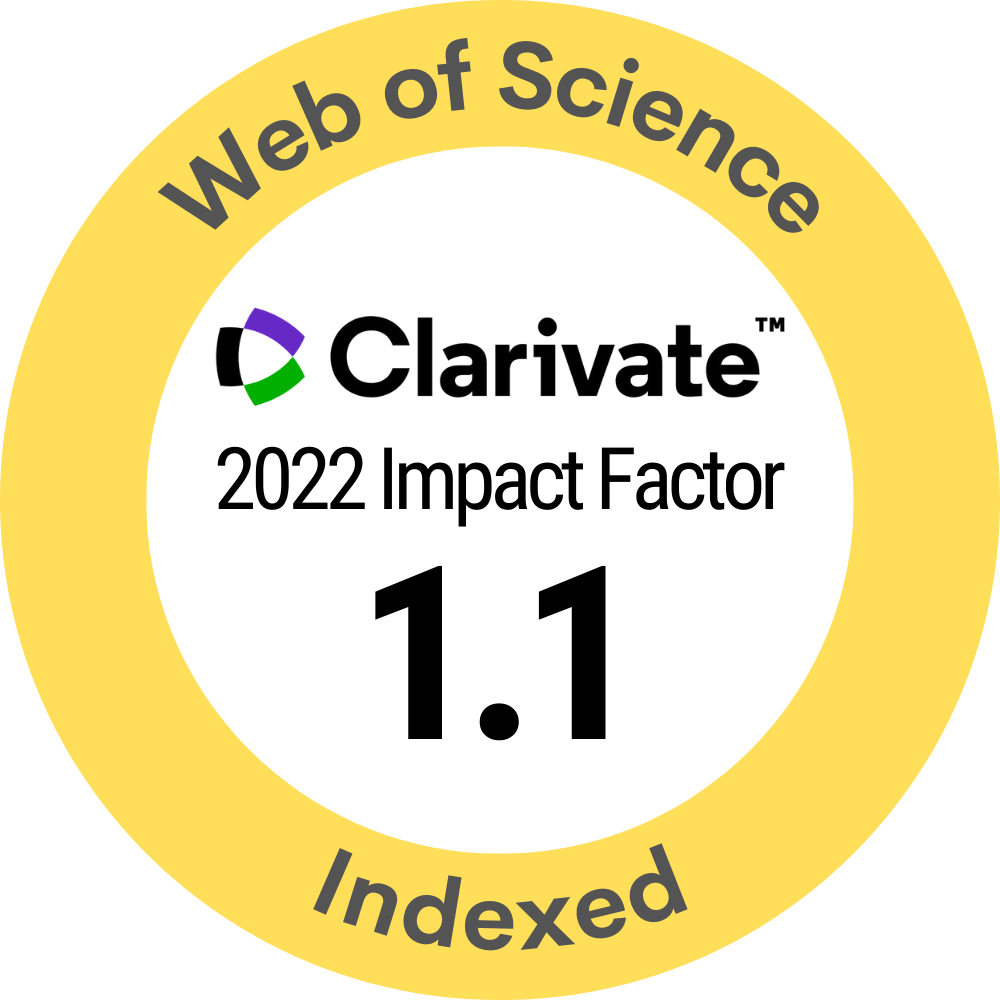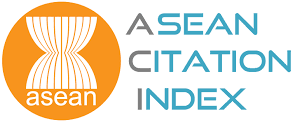Numerical study of hydrodynamic and thermal behavior of Al2O3/Water nanofluid and Al2O3-Cu/Water hybrid nanofluid in a confined impinging slot jet using two-phase mixed model
DOI:
https://doi.org/10.15282/jmes.16.2.2022.09.0705Keywords:
Impinging slot jet, Laminar flow , Two-phase mixed model , Hybrid nanofluid , Heat transfer coefficientAbstract
This study utilizes the two-phase mixture model to conduct a numeric study of Al2O3/Water and Al2O3-Cu/Water (hybrid) nanofluid's hydrodynamic and thermal behavior in a laminar confined impinging slot jet in 50 ≤ Re ≤ 300 and nanoparticles volume fractions (NVF) ranging from 0 - 2%. This study considers various aspect ratios (H/W), including 2, 4, and 6, to investiate the confining effects. This paper gives a comparative analysis of nanofluids and hybrid nanofluids in terms of the parameters concerning the flow: Reynolds and local Nusselt number (Nux), average Nusselt number (Nuavg), flow lines' contour, and temperature distribution under similar geometric conditions and Reynolds number. In comparison with nanofluids, the hybrid nanofluids have higher local Nusselt number on the entire target surface, this advantage of hybrid nanofluid attribute to higher thermal conductivity of them. The average Nusselt numbers of nanofluids and hybrid nanofluids plotted at different Refor various aspect ratios(H/W=2,4), and the effect of aspect ratio and momentum are explained. Furthermore, pumping power of both fluid analysed for all nanoparticles volume fraction (0 - 2%) at different Reynolds number. The result shows that pumping power of hybrid nanofluid is higher than base fluid and nanofluid, because the dynamic viscosity of hybrid nanofluid is higher than base fluid (water) and nanofluid. Besides; the study identified some correlations in the hybrid nanofluids regarding the stagnation point and the average Nusselt numbers. Presumably, these correlations are valid under certain conditions: 50≤ Re ≤ 300, 2 ≤ H/W≤ 6, and volume fracture (0 - 2%).
References
G. Di Lorenzo, O. Manca, S. Nardini, and D. Ricci, "Numerical study of laminar confined impinging slot jets with nanofluids," Advances in Mechanical Engineering, vol. 4, p. 248795, 2012.
V. A. Chiriac and A. Ortega, "A numerical study of the unsteady flow and heat transfer in a transitional confined slot jet impinging on an isothermal surface," International Journal of Heat and Mass Transfer, vol. 45, pp. 1237-1248, 2002.
X. Li, J. L. Gaddis, and T. Wang, "Multiple flow patterns and heat transfer in confined jet impingement," International Journal of Heat and Fluid Flow, vol. 26, pp. 746-754, 2005.
A. Sivasamy, V. Selladurai, and P. Rajesh Kanna, "Numerical simulation of two-dimensional laminar slot-jet impingement flows confined by a parallel wall," International Journal for Numerical Methods in Fluids, vol. 55, pp. 965-983, 2007.
H. Lee, b. Yoon, and M. Ha, "A numerical investigation on the fluid flow and heat transfer in the confined impinging slot jet in the low Reynolds number region for different channel heights," International Journal of Heat and Mass Transfer, vol. 51, pp. 4055-4068, 2008.
D. Benmouhoub and A. Mataoui, "Heat transfer control of an impinging inclined slot jets on a moving wall," Heat Transfer—Asian Research, vol. 44, pp. 568-584, 2015.
O. Manca, D. Ricci, S. Nardini, and G. Di Lorenzo, "Thermal and fluid dynamic behaviors of confined laminar impinging slot jets with nanofluids," International Communications in Heat and Mass Transfer, vol. 70, pp. 15-26, 2016.
H. Lamraoui, K. Mansouri, and R. Saci, "Numerical investigation on fluid dynamic and thermal behavior of a non-Newtonian Al2O3–water nanofluid flow in a confined impinging slot jet," Journal of Non-Newtonian Fluid Mechanics, vol. 265, pp. 11-27, 2019.
B. Yousefi-Lafouraki, A. Ramiar, and A. A. Ranjbar, "Modeling of two-phase particulate flows in a confined jet with a focus on two-way coupling," Particuology, vol. 39, pp. 78-87, 2018.
O. Abdelrehim, A. Khater, A. Mohamad, and A. Radwan, "Two-phase simulation of nanofluid in a confined single impinging jet," Case Studies in Thermal Engineering, vol. 14, p. 100423, 2019.
M. Abhijith and K. Venkatasubbaiah, "Numerical investigation of jet impingement flows with different nanofluids in a mini channel using Eulerian-Eulerian two-phase method," Thermal Science and Engineering Progress, p. 100585, 2020.
D. H. Lee, H. J. Park, and P. Ligrani, "Milliscale confined impinging slot jets: Laminar heat transfer characteristics for an isothermal flat plate," International Journal of Heat and Mass Transfer, vol. 55, pp. 2249-2260, 2012.
D. H. Lee, S. J. Kim, Y. H. Kim, and H. J. Park, "Heat transfer with fully developed slot jets impinging on confined concave and convex surfaces," International Journal of Heat and Mass Transfer, vol. 88, pp. 218-223, 2015.
J. Lv, S. Chang, C. Hu, M. Bai, P. Wang, and K. Zeng, "Experimental investigation of free single jet impingement using Al2O3-water nanofluid," International Communications in Heat and Mass Transfer, vol. 88, pp. 126-135, 2017.
S. D. Barewar, S. Tawri, and S. S. Chougule, "Heat transfer characteristics of free nanofluid impinging jet on flat surface with different jet to plate distance: An experimental investigation," Chemical Engineering and Processing-Process Intensification, vol. 136, pp. 1-10, 2019.
B. Takabi and S. Salehi, "Augmentation of the heat transfer performance of a sinusoidal corrugated enclosure by employing hybrid nanofluid," Advances in Mechanical Engineering, vol. 6, p. 147059, 2014.
S. Suresh, K. Venkitaraj, P. Selvakumar, and M. Chandrasekar, "Synthesis of Al2O3–Cu/water hybrid nanofluids using two step method and its thermo physical properties," Colloids and Surfaces A: Physicochemical and Engineering Aspects, vol. 388, pp. 41-48, 2011.
W. Safiei, M. Rahman, A. Yusoff, and M. Radin, "Preparation, stability and wettability of nanofluid: A review," Journal of Mechanical Engineering and Sciences, vol. 14, pp. 7244-7257, 2020.
W. Azmi, S. Zainon, K. Hamid, and R. Mamat, "A review on thermo-physical properties and heat transfer applications of single and hybrid metal oxide nanofluids," Journal of Mechanical Engineering and Sciences, vol. 13, pp. 5182-5211, 2019.
A. Khan and M. Ali, "Thermo-hydraulic behavior of alumina/silica hybrid nanofluids through a straight minichannel heat sink," Case Studies in Thermal Engineering, vol. 31, p. 101838, 2022.
P. T. Kapen, C. G. N. Ketchate, D. Fokwa, and G. Tchuen, "Linear stability analysis of (Cu-Al2O3)/water hybrid nanofluid flow in porous media in presence of hydromagnetic, small suction and injection effects," Alexandria Engineering Journal, vol. 60, pp. 1525-1536, 2021.
V. M. Krishna, M. S. Kumar, R. Muthalagu, P. S. Kumar, and R. Mounika, "Numerical study of fluid flow and heat transfer for flow of Cu-Al2O3-water hybrid nanofluid in a microchannel heat sink," Materials Today: Proceedings, vol. 49, pp. 1298-1302, 2022.
M. Manninen, V. Taivassalo, and S. Kallio, "On the mixture model for multiphase flow," ed: Technical Research Centre of Finland Finland, 1996.
L. Schiller and Z. Naumann, "VDI Zeitung 1935," Drag Coeff. Correl, vol. 77, pp. 318-320, 1935.
K. Khanafer, K. Vafai, and M. Lightstone, "Buoyancy-driven heat transfer enhancement in a two-dimensional enclosure utilizing nanofluids," International Journal of Heat and Mass Transfer, vol. 46, pp. 3639-3653, 2003.
C. H. Chon, K. D. Kihm, S. P. Lee, and S. U. Choi, "Empirical correlation finding the role of temperature and particle size for nanofluid (Al 2 O 3) thermal conductivity enhancement," Applied Physics Letters, vol. 87, p. 153107, 2005.
N. Masoumi, N. Sohrabi, and A. Behzadmehr, "A new model for calculating the effective viscosity of nanofluids," Journal of Physics D: Applied Physics, vol. 42, p. 055501, 2009.
Downloads
Published
Issue
Section
License
Copyright (c) 2022 Universiti Malaysia Pahang Publishing

This work is licensed under a Creative Commons Attribution 4.0 International License.






